Klingon, Dothraki, Elvish & More: Popular Conlangs and Their Origins
Looking Into The Languages Spoken By The Most Iconic Characters Of All Time.

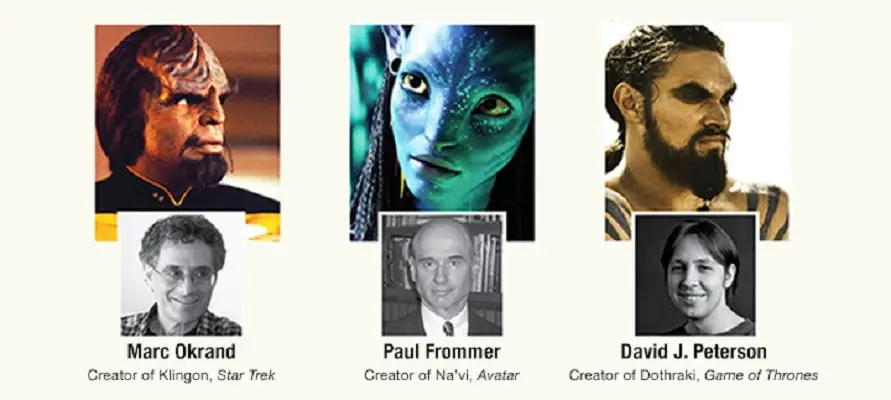
Conlangs, (Constructed Languages) well known in the modern pop culture were made for fictional worlds. However, languages such as Klingon, Sindarin/Quenya, Dothraki and some of our other favorites gained immense popularity and ventured outside their cinematic world, onto the tongues of die-hard fans.
Let’s have a look at the origins of some of the most iconic conlangs made for our favorite stories.
Newspeak
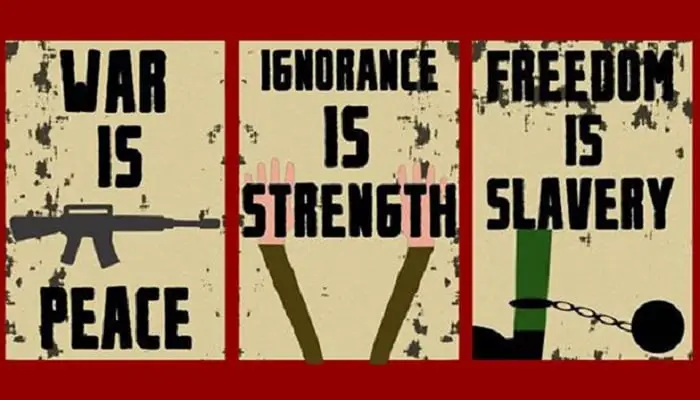
Newspeak is the fictional language that was introduced to the world in 1949, in the George Orwell classic ‘1984’. Even though it was published decades ago people still remember ‘1984’ for the totalitarian theme, the ‘Big Brother’ figure, the important message that has only grown in relevance since then and ‘Newspeak’.
Unlike all the other languages on this list and other famous conlangs in general, Newspeak isn’t an entirely new or different language from the already existing languages.
Newspeak is a modified version of English. It was altered by the state in order to control and suppress thoughts, individualism, and freedom. The language aims to reduce the number of words required and spoken. For example, Newspeak removed all synonyms and antonyms and a word like ‘warm’ becomes ‘uncold’. To further suppress people’s emotions and thoughts, The Party dispatched off of comparative and superlative adjectives.
For example, ‘plusgood’ was used instead of ‘better’ and ‘doubleplusgood’ instead of ‘best’.
Some of the words from Newspeak have entered general use in the English language such as the well-known term ‘Big Brother’. A Newspeak word that gained some popularity was ‘Thoughtcrime’. It means thoughts that are different from the ideologies or opinions of The Party. Similarly, some other words people would relate to from Newspeak are ‘Doublethink’ and ‘Thought Police’.
Klingon
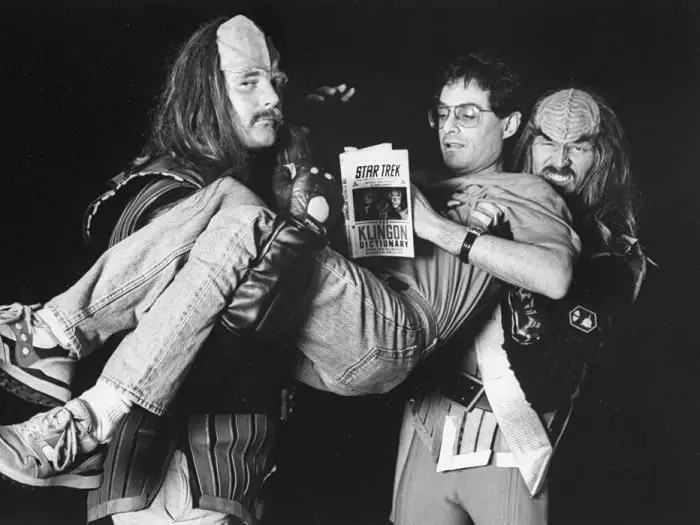
tlhIngan maH (We are Klingon!)
Pronounced: ˈt͡ɬɪ.ŋɑn mɑx
A list of conlangs would be incomplete without Klingon.
According to the Guinness World Records, Klingon is the most widely spoken conlang in the world. Created by Mark Okrand, an American linguist, this language was spoken by Klingons in the Star Trek universe. Due to the amount of popularity it gained after Star Trek 3, there exists ‘The Klingon Dictionary’ and ‘The Klingon Language institute’. Moreover, two of Shakespeare’s plays ‘Much Ado About Nothing’ and ‘Hamlet’ have been translated into Klingon and it is offered as a language option on Microsoft’s Bing online translator.
While it first appeared in the first Star Trek movie ‘Star Trek: The Motion Picture’, it was in ‘Star Trek III: The Search For Spock’ where it was used prominently and gained recognition.
The Klingon words that appeared in the first movie were made up by actor James Doohan, who played the role of Scotty. There were barely about eight lines of Klingon used in that first movie which was later used by Okrand as a base to build the rest of the language to maintain consistency.
Okrand was hired to develop the language for Star Trek 3, which was used in the following Star Trek movies as well. He had to develop an alien-sounding language that was also pronounceable for the actors. To achieve this, Okrand used sounds from different languages and broke certain linguist rules. This resulted in something that truly sounded Alien-like with sounds reminiscent of Turkish, Japanese, Arabic, Yiddish and Native American languages.
In his own words,
“Human languages tend to be patterned. Certain sounds go together, and certain others don’t. I violated these rules and put sounds in Klingon that shouldn’t be in the same language. There’s no sound in Klingon that you can’t find in some real language, but the collection of sounds is unique.”
Elvish Languages
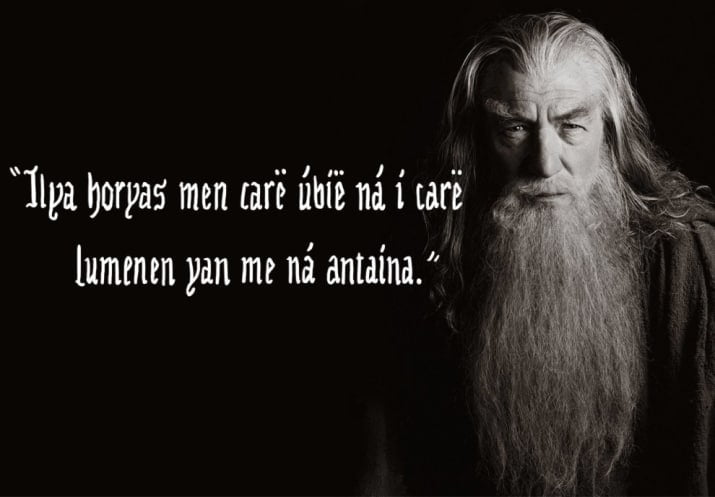
“Ilya horyas men carë úvië ná i carë lúmenen yan me ná antaina.”
(All we have to decide is, what to do with the time that is given to us.)
Elvish languages were spoken mainly by elves in the fantasy world of the Lord of The Rings trilogy created by J.R.R Tolkien. He is also known as the grandfather of conlangs.
Tolkien created several thousand Elvish words and just like a real language, Tolkien even created grammar rules for his Elvish languages.
Rather than creating the languages to use in the LOTR books, he created them as a hobby. He stated that the stories of the middle earth grew from these languages. Making it one of the many reasons that make Tolkien and the languages he created so unique.
Much of the Elvish spoken in the LOTR films has been made since Tolkien. This was done by the fans of the Elvish language based on what they thought Tolkien would have created.
Some of the most commonly known and used Elvish languages are Sindarin and Quenya. He made his first list of Elvish words “Qenya Lexicon” in 1915 when he was only 23 years old, he continued to develop it throughout his life. The language is mainly based on Finnish and partly based on Greek and Latin. Sindarin, on the other hand, was based on Welsh and was the language spoken by the Grey-elves.
Dothraki

-
“Yer Jalan Atthirari Anni” (“Moon of My Life”)
-
―Drogo
-
“Shekh Ma Shieraki Anni” (“My Sun and Stars”)
-
―Daenerys
This is the language spoken by the Dothraki race, the nomadic horse-mounted warriors inhabiting the Dothraki Sea. This fictional race is from the popular TV show Game of Thrones, adapted from the George R.R. Martin’s fantasy book series ‘A Song of Fire and Ice’.
The selection of the linguist for the development of this language was done through an internal contest which included over thirty linguists from The Language Creation Society. David J. Peterson’s 180-page proposal, which included dictionary and audio files, was presented to the producers, who hired him.
The linguist has created over 3000 words which can be found in the dictionary, as well as a description of the proper way to form sentences, enabling the fans, a way to construct sentences that haven’t been spoken on the show itself.
Peterson had to work under two constraints; it had to be easily pronounceable by the actors and had to match the Dothraki already used in the books. Peterson drew inspiration from the author’s description of the language and already existing languages. For example, the 18 noun classes in Swahili and the negative verb forms in Estonian. Other languages that influenced Dothraki were Russian, Turkish and Inuktitut.
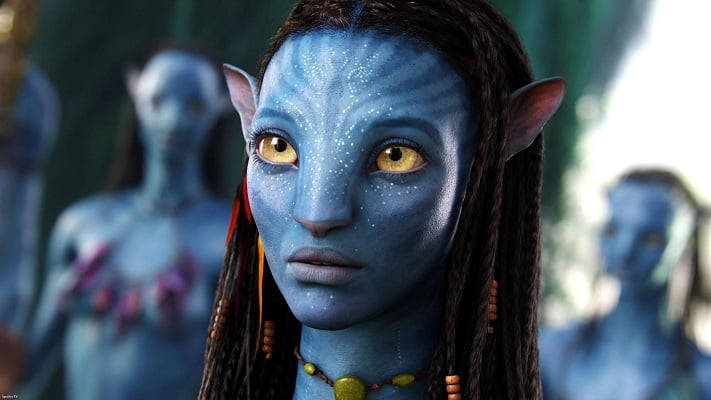
y” (Until next time)
The Na’vi language was created for the 2009 movie ‘Avatar’. In the movie, this language was spoken by the inhabitants of the moon Pandora. Na’vi was created by Paul Frommer, a linguist and a professor at USC Marshall School of Business.
The Director and Producer of the Avatar film, James Cameron, wrote the first 30-40 words of the language for the original script. Frommer used this as a base to build the rest of the language.
Frommer created Na’vi in a way in which it wouldn’t resemble any human language. Today, the language has 2260 words. Frommer has also published the grammatical rules, making it a more learnable and useable language.
To differentiate the alien language from others, the linguist used a group of sounds called ‘ejectives’; popping-like sounds not usually found in western languages. He noted these as kx, px and tx. In terms of inspiration, an alien language that Frommer admires is Klingon.
He considers it as an impressive piece of work due to its difficult and complex grammar and phonology, its rough sound and a dedicated base of followers.
Read Also- Five Dead Languages You Should Know About



